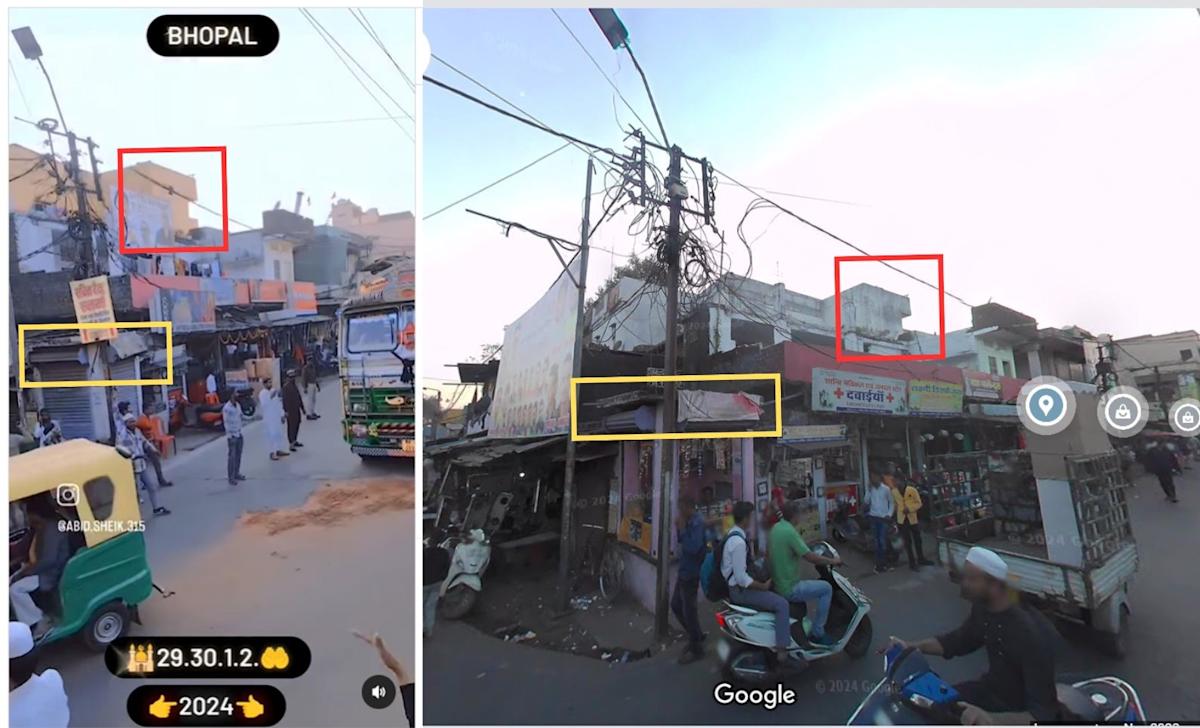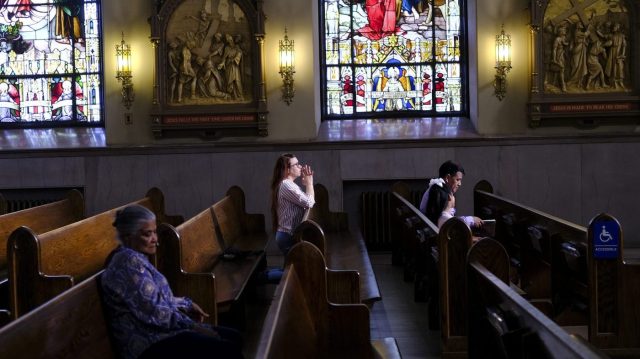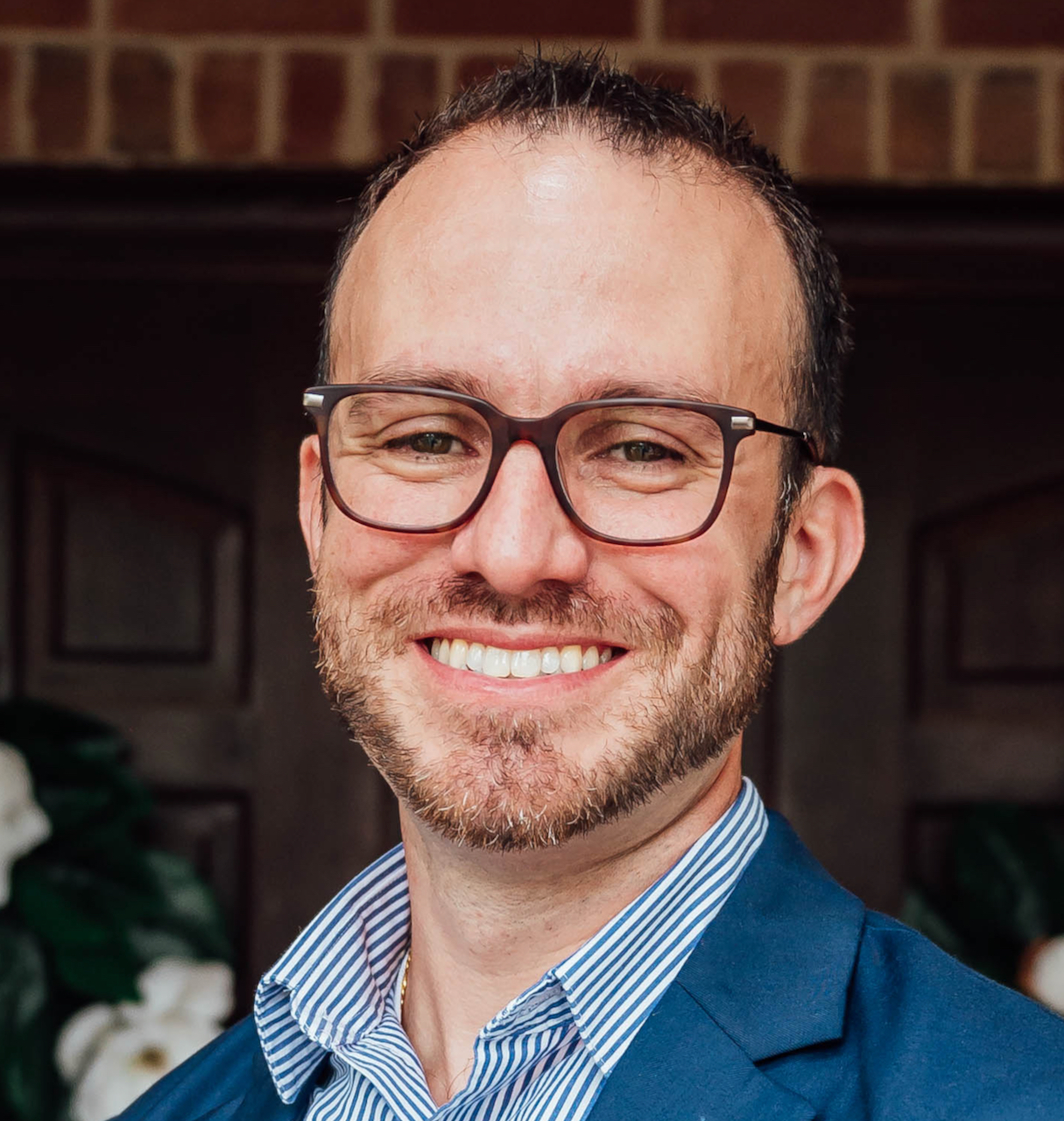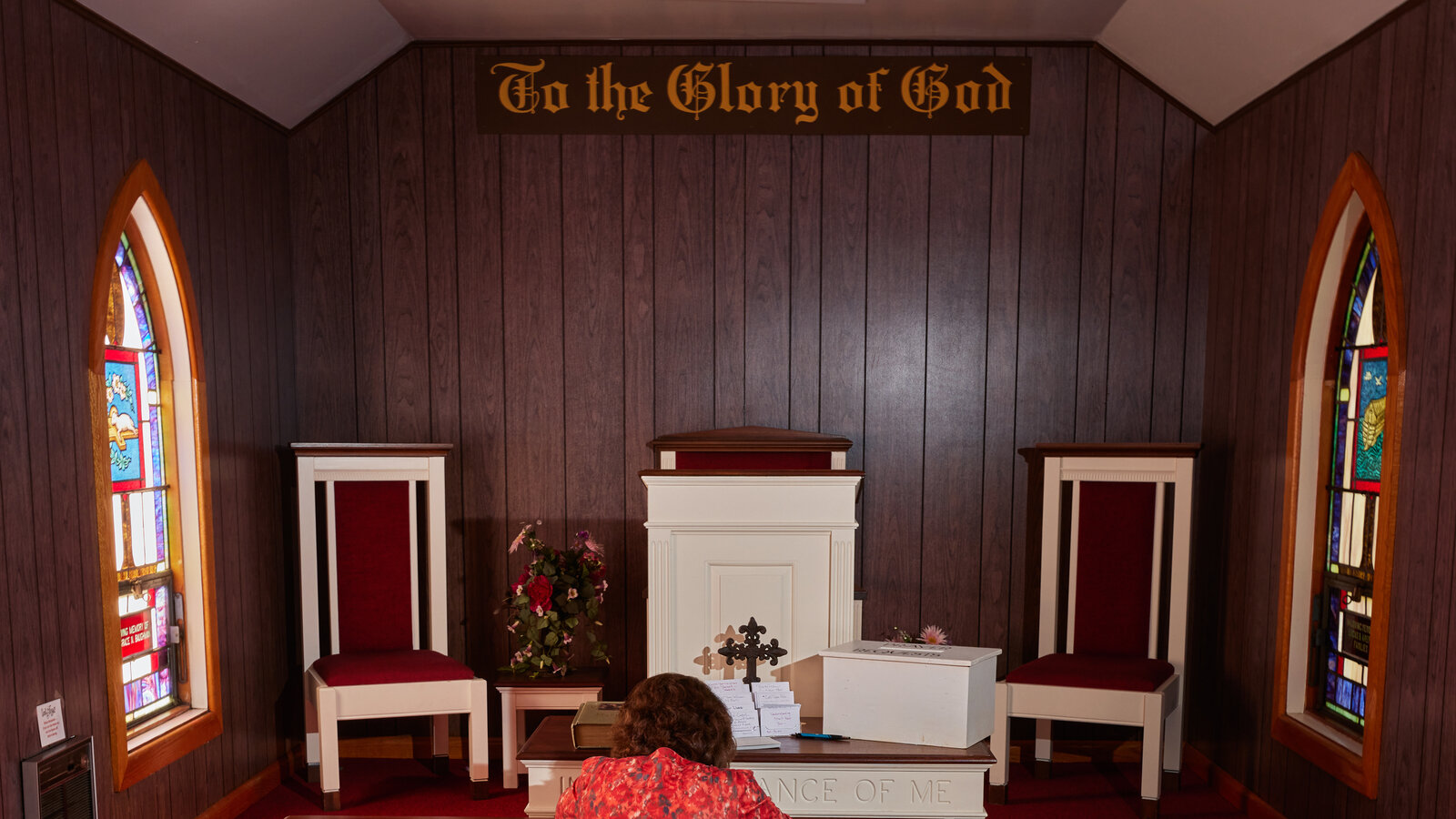Religion
2025-04-09 11:45:28
Content

A high-stakes legal battle is brewing in Marblehead, where a federal court will soon examine a contentious dispute between local officials and an Orthodox monastery. On April 10, a U.S. District Court judge in Boston will hear arguments about a property inspection request that has rapidly transformed from a routine tax exemption matter into an explosive allegation of religious discrimination and governmental overreach.
The hearing will delve into the monastery's challenge against local officials, who seek to conduct a property inspection. What began as a seemingly mundane administrative process has escalated into a significant legal confrontation that raises critical questions about religious freedom and municipal authority.
At the heart of the dispute are fundamental tensions between local government's administrative responsibilities and the constitutional protections afforded to religious institutions. The monastery's legal team argues that the proposed inspection represents an unwarranted intrusion, while Marblehead officials maintain that their actions are necessary and legally justified.
As the federal court prepares to weigh the competing claims, the case has drawn significant attention for its potential implications on the delicate balance between local governance and religious autonomy.
Legal Showdown: Religious Freedom vs. Municipal Oversight in Marblehead Monastery Dispute
In the quiet coastal town of Marblehead, Massachusetts, a complex legal battle is brewing that challenges the delicate balance between local government authority and religious institutional autonomy. What began as a seemingly routine administrative process has escalated into a high-stakes confrontation that could have far-reaching implications for religious organizations and municipal governance.
Unprecedented Judicial Intervention Looms in Religious Property Dispute
The Origins of the Conflict
The dispute between Marblehead municipal authorities and an Orthodox monastery has transformed from a mundane tax exemption request into a profound constitutional challenge. Local officials have sought to conduct property inspections, a move that the monastery's leadership vehemently contests as an unwarranted intrusion into their religious domain. The tension reveals deeper questions about the boundaries of governmental oversight and religious institutional independence.
The monastery, deeply rooted in its spiritual traditions, views the proposed inspection as more than a bureaucratic procedure. Religious leaders argue that such governmental intervention represents a fundamental threat to their constitutional protections, potentially undermining the sacred nature of their religious space. Their resistance is not merely about preventing an inspection but defending a principle of religious autonomy that they consider sacrosanct.
Legal Landscape and Constitutional Implications
The upcoming federal court hearing on April 10 represents a critical juncture in this complex legal narrative. U.S. District Court judges will be tasked with navigating the intricate legal terrain between municipal regulatory powers and First Amendment protections. The case potentially sets a precedent for how local governments can interact with religious institutions without infringing upon constitutionally guaranteed freedoms.
Legal experts anticipate that the hearing will scrutinize multiple dimensions of the dispute. Key considerations will include the scope of municipal inspection rights, the monastery's claims of religious persecution, and the potential for governmental overreach. The court's decision could establish significant guidelines for similar conflicts nationwide, making this more than a localized legal skirmish.
Municipal Perspective and Regulatory Concerns
Marblehead officials maintain that their inspection request stems from legitimate administrative and safety concerns. They argue that property assessments are standard procedures designed to ensure compliance with local building codes, tax regulations, and public safety standards. From their perspective, the monastery is not exempt from fundamental civic responsibilities that apply to all property owners.
The municipality's stance reflects a broader municipal approach to maintaining uniform regulatory standards. By seeking to inspect the monastery's property, officials believe they are upholding principles of equal treatment and community accountability. However, the monastery's resistance suggests that such standardized approaches might not always align with the unique characteristics of religious institutions.
Broader Societal and Legal Ramifications
This legal confrontation transcends the specific circumstances of Marblehead, representing a microcosm of ongoing tensions between institutional autonomy and governmental regulation. Religious organizations across the United States are watching this case closely, recognizing its potential to establish precedents that could affect their own operational freedoms.
The dispute highlights the complex negotiations required in a pluralistic society where diverse institutional interests must coexist. It underscores the ongoing challenge of balancing administrative efficiency, public safety concerns, and constitutional protections for religious freedom. The federal court's upcoming decision will likely provide nuanced insights into these delicate intersections.
Community and Stakeholder Perspectives
Local community members find themselves divided, with some supporting municipal oversight and others championing the monastery's right to maintain its institutional integrity. This division reflects broader societal debates about the appropriate limits of governmental intervention in religious spaces.
The monastery's leadership has mobilized support through legal channels and community outreach, framing their resistance as a principled stand against potential religious discrimination. Their narrative emphasizes the historical significance of protecting religious institutions from unwarranted governmental intrusion.
As the April 10 hearing approaches, anticipation builds around how the federal judiciary will navigate this complex legal and philosophical terrain. The case serves as a compelling reminder of the ongoing negotiation between institutional autonomy, regulatory requirements, and constitutional protections.









